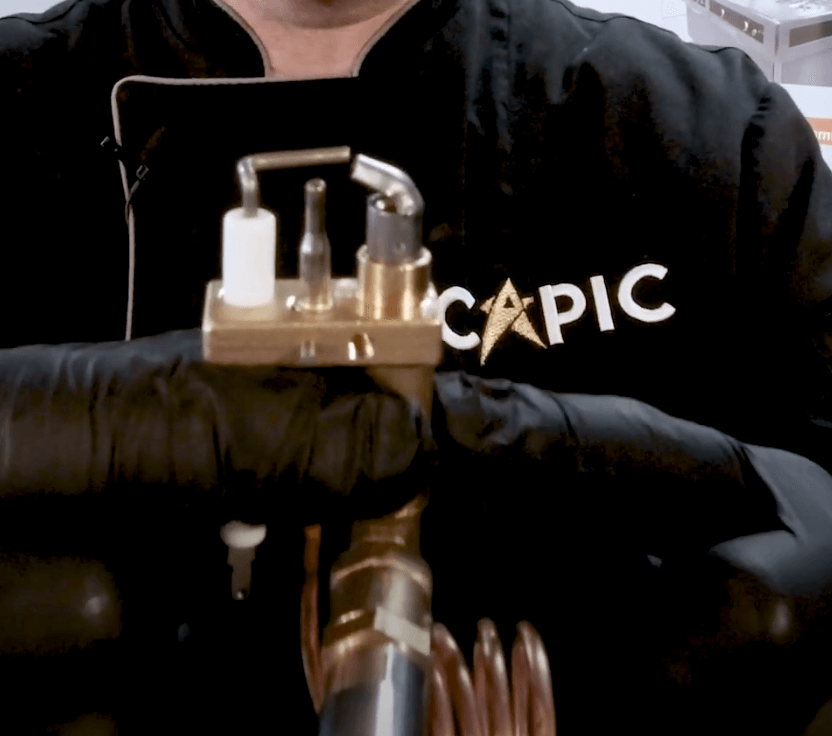Cleaning the Pilot Light on Your Gas Stove
Cleaning the pilot light system on your gas range regularly is essential, both for safety and for efficient operation. The pilot assembly is a simple and very effective system, but you may find it difficult to light the stove if it is not adequately maintained. In the worst-case scenario, a dirty pilot light assembly can lead to dangerous gas leaks. Therefore, regular cleaning of the pilot light assembly will ensure the reliability and safety of your gas range and help it last longer.
How does a pilot light system work?
The pilot light of a gas stove is a small, continuously burning flame that ignites your stove’s gas burners. Pilot lights operate without electricity so you have the advantage of being able to use the stove even during a power cut. Depending on the model of your gas stove, there may be a single pilot light that feeds several burners, or there may be two separate pilot flames. To light a burner, you turn a knob -m you will what a clicking noise- allowing gas to flow up a perforated tube known as a flash tube into the ignitor that lights the gas at the burner. Now you are ready to cook!
How do you tell that the pilot assembly needs cleaning?
While a pilot light assembly is a simple and effective system, it can frequently become clogged with food particles and grease that drips into the burners during cooking and get trapped in the tiny holes of the flash tube and ignitor. Over time, a buildup of oil and dirt can develop, clogging up the system components. In addition, you will notice that the burners are slower to light and need to click the ignitor repeatedly. This is a very gradual process that you might not notice at first, but eventually, you will not be able to light the burner at all. As you would expect, the gas burners you use the most frequently are the most likely to need cleaning.

The pilot light and the thermocouple on your gas stove
How do I clean the pilot light assembly?
If your gas range is connected to an electric socket, unplug it before you begin.
Now lift the top of the stove to give access to the pilot assembly system and proceed as follows:
- Turn off the gas valve and allow the stovetop to cool.
- Take a soft brush such as an old toothbrush and gently remove any visible debris from the pilot orifice, flash tubes and ignitors.
- Next, insert a sewing needle or thin wire into the pilot orifice, the flash tubes and the holes in the ignitors, as well as in the burners, wiggling it gently to dislodge any debris. You can remove any remaining particles with canned air.
- Clean up any particles that may have fallen beneath the burners.
- Finally, turn the gas on and light the pilots. Monitor them for a few minutes to check that they are working properly and test all the burners before closing the stovetop.
Please note that some newer gas ranges may have an electronic ignition system instead of a pilot assembly. These electronic systems are usually sealed and require professional cleaning, repair and servicing.
